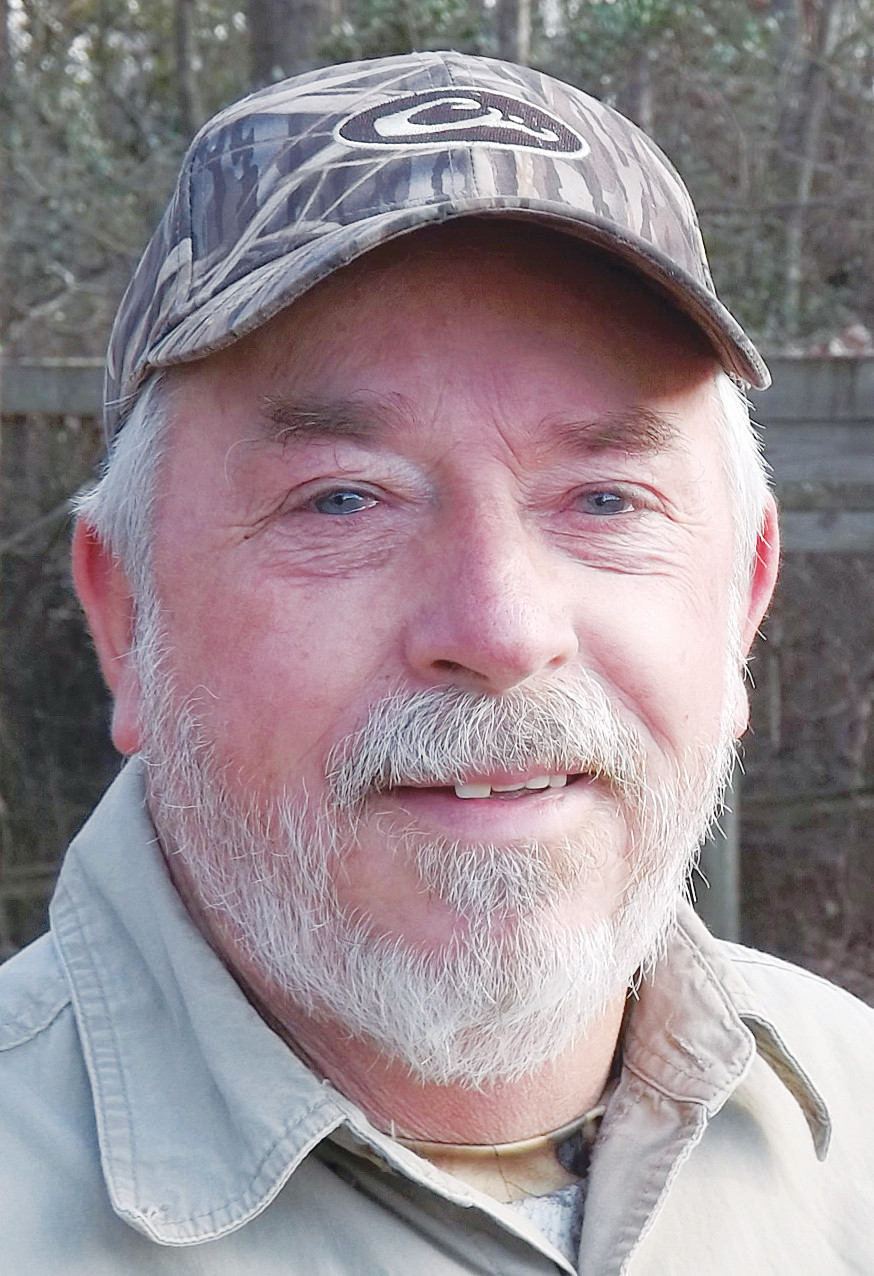The Castle at the Beach

Long, dark corridors run the length of the strange building. The walls are masonry, and the floors and ceilings are concrete. Ornate metal bars cover the large windows. Many small rooms line the corridors.
There is an open, central courtyard with shrubbery and palm trees. An unusual tower looms three stories high above the courtyard. There is a wall across the back with a heavy set of wooden gates that open to a long, straight causeway. The narrow concrete causeway is flanked by a thick maritime forest that seems to form a tunnel over the road.
The front of the massive structure faces the dunes and the vast Atlantic Ocean. The walls seem to hug the sandy ground and seem proportionally low for the overall size of the old compound. The flat roof adds another visual anomaly.
My first visit was many years ago on a trip to the beach with my parents. The old castle was open then, and we wandered throughout the building. Even as a child, I was fascinated with the strange structure. It seemed so out of place, and I wondered why anyone would build something so odd, like this, at the beach.
We had stopped on the way, along the road that crossed the marsh, to look at the alligators. Many cars were pulled over to the side of the road, and the people were throwing chicken bones and bread scraps to the gators. I wondered about the presence of alligators in the coastal salt marsh, and on subsequent visits I learned more about the castle and the land.
Archer and Anna Hyatt Huntington built the castle, that Archer named Atalaya, on the beach as a winter home in the early 1930s and developed Brookgreen Gardens, inland across the coastal highway, as an outdoor showcase for Anna's sculptures. The state eventually acquired the beachfront property and established Huntington Beach State Park. Brookgreen Gardens is now a world-class outdoor sculpture garden.
On a recent trip to the Georgetown area my wife, Ginger, and I decided to make the short drive across Winyah Bay to the Hammock Shop on Pawley's Island. Ginger wanted to get a hammock for our swing shed in the back yard, and I wanted to get a look at the ocean. It was a Sunday, and we didn't realize that the shops were closed until noon.
Since we had about an hour, I decided to drive on to Huntington Beach. We were not dressed for a beach outing, and it was very hot, but we needed a little diversion. I noticed signs posted along the entrance road warning visitors not to feed the alligators. I also noticed that the tide was low to the left of the road, but the water level was higher on the right side where the gators lived.
We parked in the big parking lot and walked the boardwalk over the dunes to the pure white sandy beach. The great ocean stretched to the horizon under a cloudless blue sky, and a steady cool breeze swept across the crescent of beach that arched out of sight to the north and south. People were scattered up and down the shoreline. It was magnificent! I had dressed in jeans and boots to visit a construction site in Georgetown, but now I wished for a pair of shorts. Ginger was also in jeans.
We didn't linger but a few minutes, then headed back over the dunes to the parking lot. I could not leave without taking a look at the old castle that sits off to one side, and we walked the sidewalk over to the back entrance. The castle is open now to guided tours through the summer. We didn't have time for a tour and retreated to the air conditioning in the gift shop across the parking lot.
I found a book in the gift shop written by Robin R. Salmon about Atalaya. It opened my eyes to the things about the castle that I had thought were so odd. Archer Huntington had a lifelong love for Spanish culture. He had traveled and studied in Spain for many years, and the castle was modeled on the Moorish type architecture that he had seen there. It was built from his memory without any plans.
The narrow causeway was paved in concrete on the original road to the castle. The modern road crosses over the embankment that he had built to create a freshwater pond for waterfowl. Thus it seems the alligators were always in fresh water, not salt marsh. The original sand dunes were washed away by a hurricane in 1954, and the area is now used as a modern-day parking lot.
The castle Atalaya made perfect sense to him, and I will visit again and look at it with a newfound sense of understanding.
Reach Dan Geddings at cdgeddings@gmail.com.
More Articles to Read
